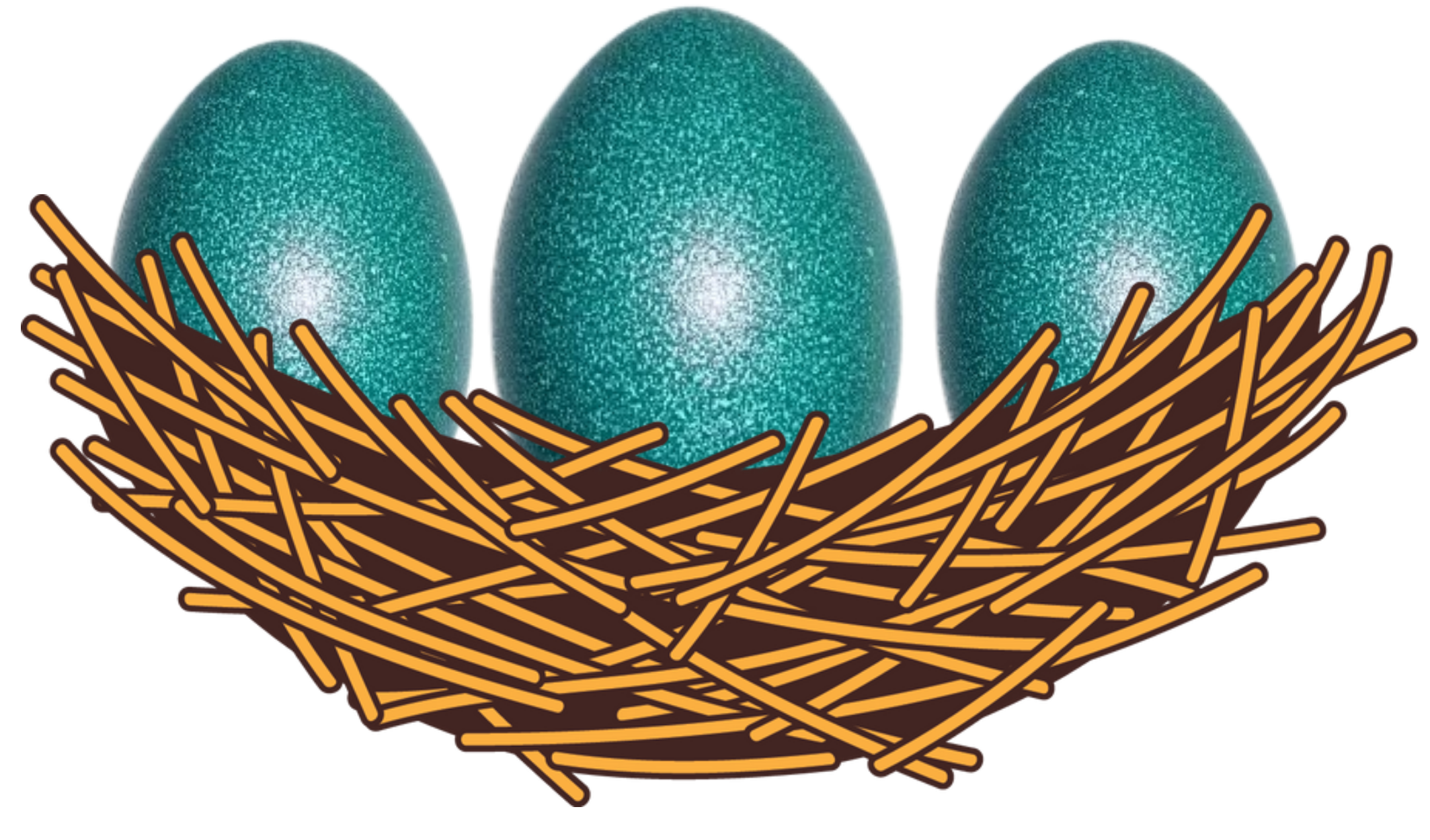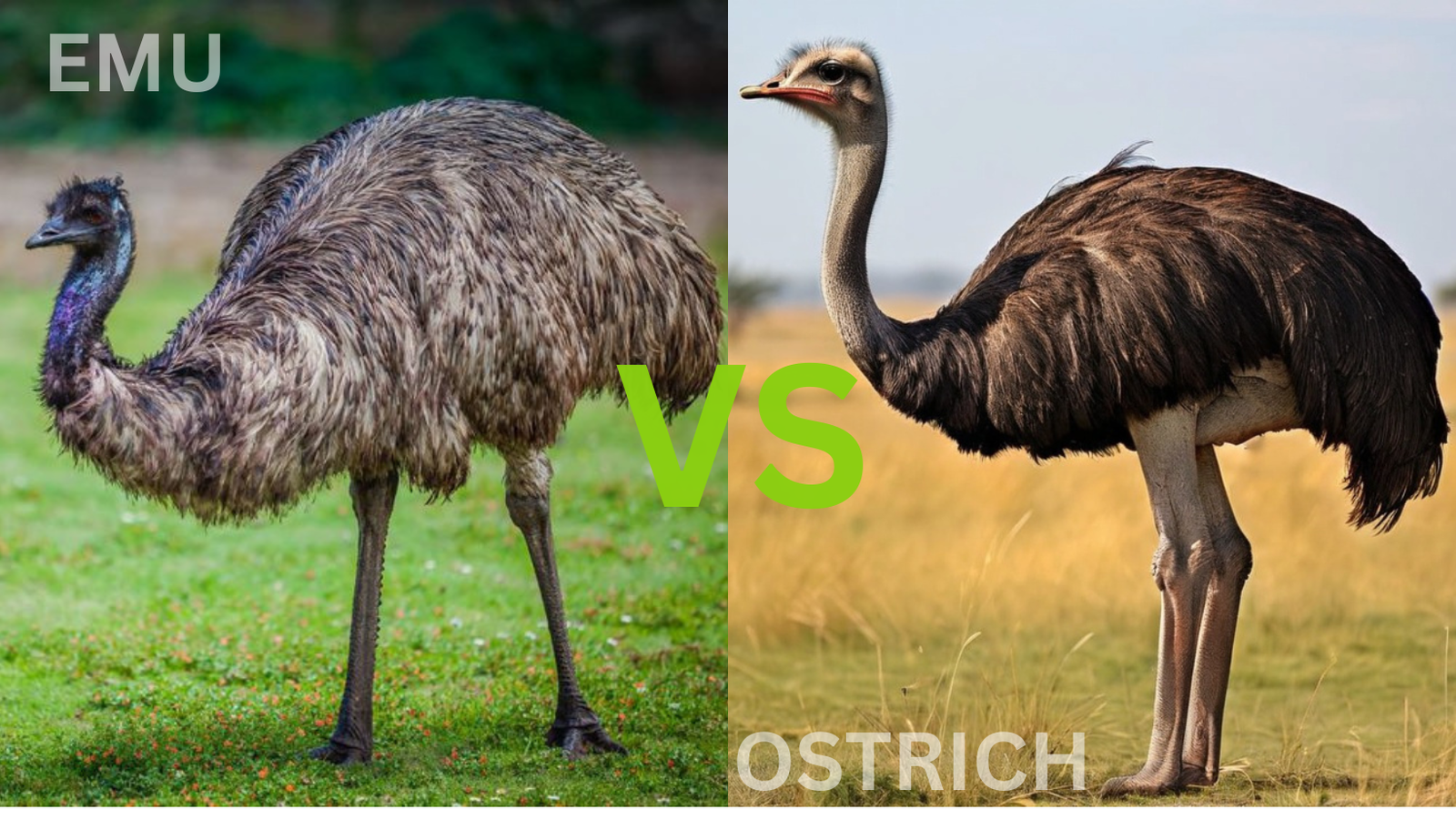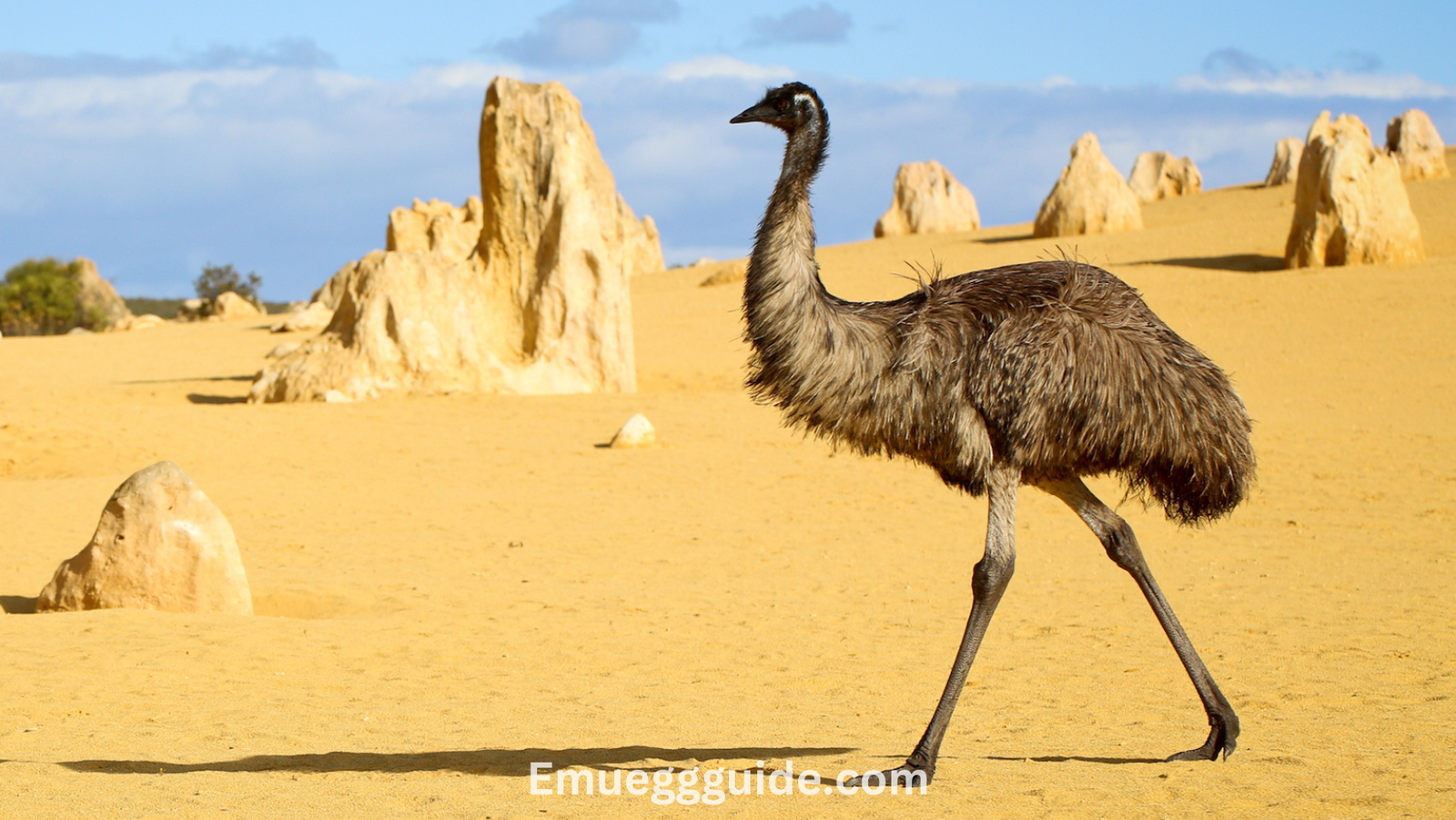Emus and ostriches are the two largest living bird species in the world, both belonging to a group known as ratites flightless birds with flat breastbones that lack the keel to anchor wing muscles for flying. Despite their inability to fly, these birds have evolved to be incredibly fast runners, relying on their powerful legs for mobility and defense. Ostriches, native to Africa, hold the title of the largest bird on Earth, while emus, native to Australia, are the second largest. Both species are known for their long necks, large bodies, and strong legs, but they differ in their size, appearance, and habitat.
Comparing Ostrich vs Emu

Ostriches and emus are very similar birds, but they do have vast differences. Ostriches native to Africa are built for speed and deserts. Emus on the other hand, are found in Australia and while slower than ostriches.
Emu size up to 6 feet tall and 130 pounds, Ostrich size up to 9 feet tall and 350 pounds.Emu habitat in Australia and Ostrich is in Africa.Emu feet 3 toes and Ostrich is 2 toes.Emu speed up to 30 mph and Ostrich speed up to 45 mph.
The 5 Key Differences Between Ostriches and Emus
1.Ostriches are Much Larger
Ostriches stand out due to their massive size. As the largest birds on Earth, adult ostriches can grow up to 9 feet tall, with males often weighing between 220 and 350 pounds. Their height with their long legs and large size also gives them powerful legs, capable of deadly kicks to defend themselves from like lions or hyenas.
2.Emus Live Shorter Lives
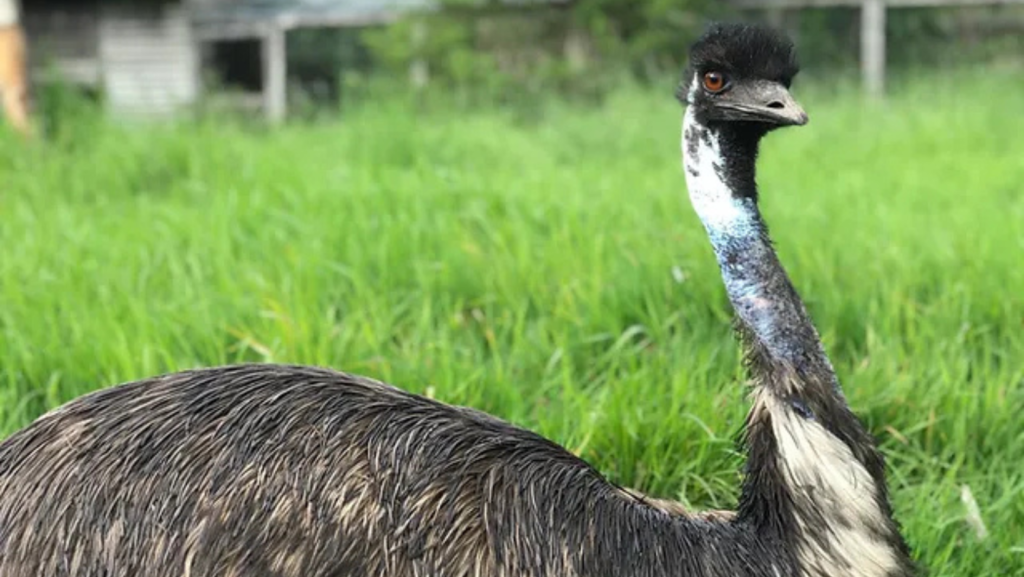
Emus have a shorter life compared to ostriches. Emus live for around 10 to 20 years, with proper care and protection they can sometimes live longer. Ostriches on the other hand can live up to 30 to 40 years. Their powerful legs and speed help them escape and their larger size allows them to conditions in the African savannas and deserts.
3.Ostriches Only Have Two Toes on Each Foot
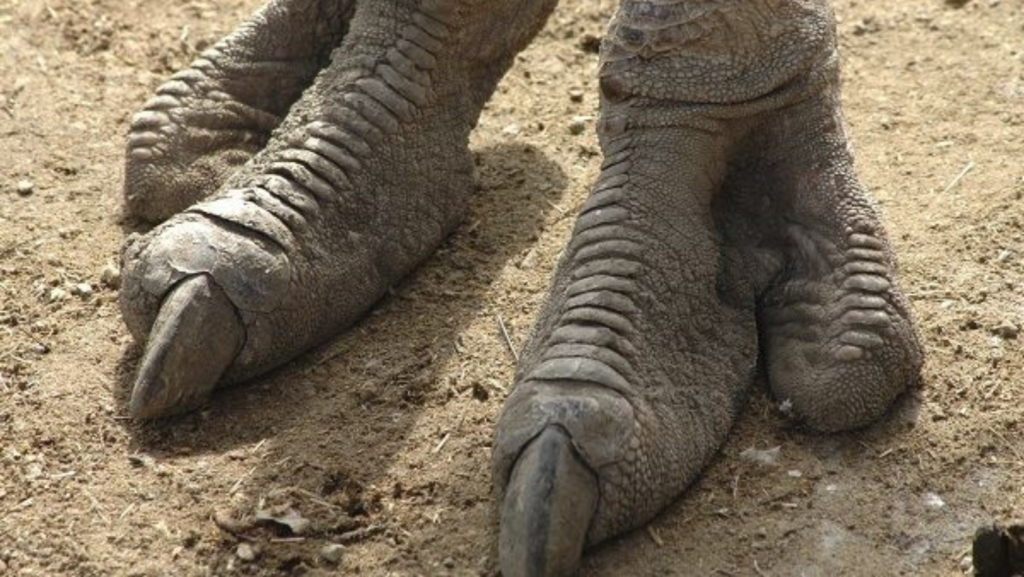
Ostriches are the only birds in the world that have just two toes on each foot. The larger toe has a claw like nail, which helps provide sprint across the African plains. The two toed design reduces and helps ostriches maintain their balance while running, making them the fastest birds on land, capable of reaching speeds of up to 60 miles per hour.
4.Emus Are Darker in Color
Emus have dark brown to grayish brown feathers that often appear and coarse. This darker color helps them blend in with the Australian landscapes, from forests to providing them with helps they avoid predator.
5.Ostriches Are Omnivores
Ostriches are omnivores, meaning they have a diverse diet that includes both plant and animal matter. In their natural habitat, ostriches primarily feed on a variety of vegetation, such as grasses, shrubs, seeds, and leaves. During dry seasons or in more arid regions, when vegetation is sparse, their ability to their diet with protein from small animals and insects helps them maintain their energy levels and survive. Their large size and powerful beaks allow them to tear through plant matter, a variety of foods.
Emus and ostriches some similarities as the largest flightless birds in the world. Their impressive sizes, with ostriches standing taller and heavier, to their differences in lifespan, toe structure, coloration, and dietary habits, these birds have to thrive in their respective habitats. Ostriches, as the largest birds, are built for speed and defense, with their two-toed feet and omnivorous diets that allow them to navigate the African effectively. Emus are more compact and darker in color.
